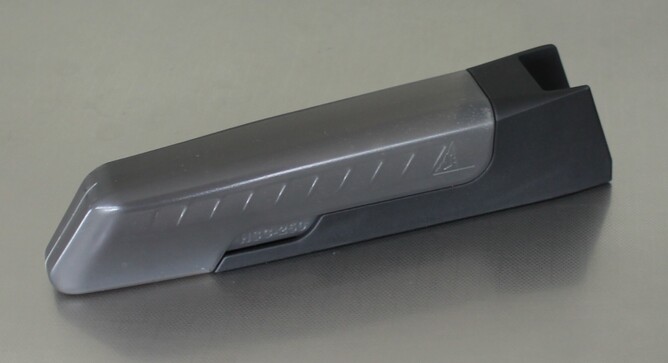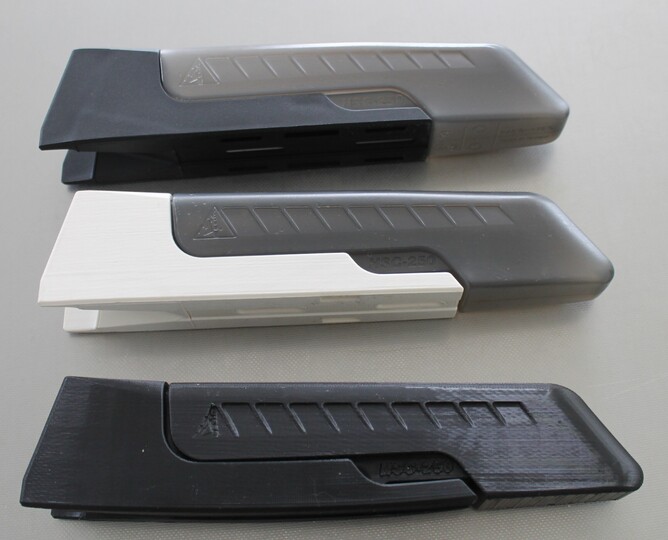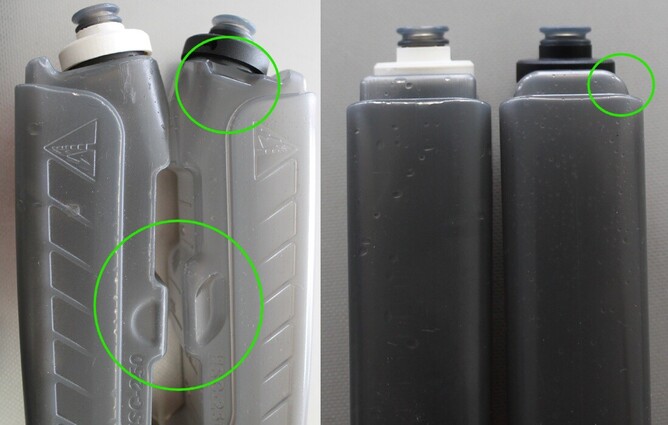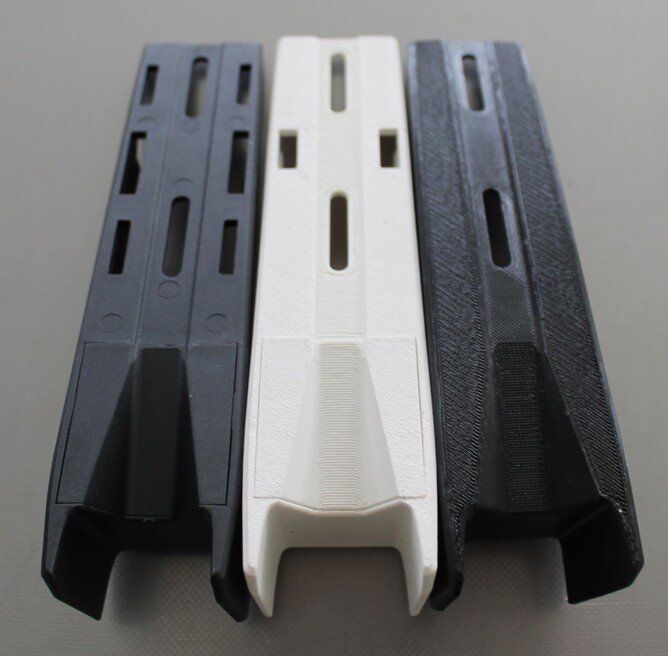To introduce this new fuelling solution I thought it may be helpful to both explain how it is used and to show a little bit of a 'behind the scenes' look at the development process.
The short explanation
The HSC250 replaces a top tube box with a flask to hold liquid nutrition. There are several advantages to this:
No opening of packets saves time and hassle
Not having to dispose of packets reduces the risk of penalties
You can choose how much you wish to consume (rather than a whole gel)
You can customise your fuel mix
Essentially, the aim of this product is to improve your fuelling efficiency and options.
Moving pictures explanation
I made a video (the same one posted on FB). Videography may not be my strong suit, but hopefully it's a useful introduction to the product.
The not so short explanation
The project formally started at the beginning of 2022, after a few years of wanting a solution of this nature. Project prioritisation is fairly fluid - sometimes it's part of the overall strategy, sometimes it's just that the plastics specialist has time available.
The premise was based on the fact that triathlon fuelling was already moving away from solid foods towards primarily liquid based nutrition. The target volume of 250ml was intended to carry all or the majority of the fuel required for a 70.3. That volume was based on often using a 125ml carry flask during training, in which I could fit 100g of carb.
As it turns out, the final volume is a little higher at around 290ml, but the name had already been carved into the mould at that point. So we'll just call that extra 40ml a nice bonus.
In real world testing, we were able to calculate a fuelling strategy for my brother at IMNZ which avoided needing to pick up extra fuel - only water from aid stations. To do this we combined the HSC250 with an HSF Aeria in front of the frame and a single rear bottle.
A brief diversion
It's probably useful to explain the naming conventions:
HSF = Hydration System Front - for systems in front of the frame
HSA = Hydration System Aerobars - for systems mounted on the aerobars
HSC = Hydration System Centre - because it's in the middle of the bike
RM = Rear Mount - legacy products that I didn't develop but that moniker works
The development process
We went through a few iterations of concepts in the drawing stage before starting to 3D print physical prototypes. The earliest examples of such are lost in my black box of prototypes, so I'll just share images of the most recent.
From top to bottom:
The final product
An early mould sample in a 3D printed cage
A full 3D print, somewhat distorted by exposure to the sun
Here you can see that the first mould sample lacked the markings that needed to be added for the final version. Some tweaks were made to the shape as well
The most obvious tweaks are:
Changes to the base to improve retention
Recesses under the cap to make it easier to remove
Rounding off the front corners to ease insertion
The addition of volume markings on the base was intended to make it easy to read when held after removing from the cage.
The cage also went through iterations of shape and mounting options. In the final version (at right) the side slots line up with the indents in the base of the flask so that zip ties can be used to attach the cage to bikes that lack bosses.
Using the HSC250
Over the course of the development process it occurred to us that the product was useful for more than Triathlon. Bottles outside the main triangle are not permitted for road racing, but Gravel is a lot more open minded. So I gave that a try with one of the earliest mould samples back in March (just before catching covid again which turned into long covid, derailing my athletic plans for this year.
No sound because I didn't like the heavy breathing and I don't know the legal implications of using music
That was one of the tame parts of the ride, an uphill abandoned road around Wairakei. I deemed riding one handed on the MTB trail parts of the loop to be a non-viable activity.
Having done that loop (out to the Aratiatia Dam) a number of times I found the HSC250 much nicer to use than gel packets - far easier to take a quick swig when the opportunity presented itself. It never showed any inclination to disembark the bike, which was a key aspect to test.
That prototype did rattle a bit, though it was unnoticeable on the trails (as everything rattles). So further modifications were made before committing to production.
I'd strongly recommend the HSC250 for Gravel races, even to the point of considering mounting two on the top tube. The speed of taking a drink is a significant advantage.
And before anyone points out that it's small for long races, there is a distinct possibility of a larger model in future.
Use in Triathlons
I also used the HSC250 in a Sprint Tri, it worked exactly as first envisioned. For that short race I just made a dilute mix and did not carry another bottle. In that way I kept my bike super clean aerodynamically (I was also testing the ASC Pro integrated extensions) and had secure fuel/hydration for a course with multiple speed bumps.
My own performance suffered from the same lack of power as other events in the last few years, but the equipment was flawless.
In order to test in longer Tris, I gave prototypes to others - my brother as mentioned. And another athlete who raced with it in IM Cairns. On both occasions it was a valuable addition to fuel carrying and performed without fault.
Nutrition options
Both myself and others have used it with concentrated and dilute mixes. The concept was based on concentrated options - aiming for 150g of carb or more.
As shown in the introduction video the SIS Beta Fuel powder, which is maltodextrin based, would be easily capable of 164g of carb. Perhaps more, I'm just not going to waste food on experimenting when I can't use it at the moment.
I'd also be confident of using SIS Go gels without dilution.
I've squeezed in over 200g of glucose-fructose based fuel, which tends to be a less viscous mix.
Basically - make your normal nutrition (that works for you) in the most concentrated mix you can still get through the nozzle easily.
By virtue of the boxy shape, the flask is not easy to squeeze fully. It certainly can be squeezed to help liquid out, but it's best to avoid relying on force to get your fuel. So some gels would need to be diluted.
As with many things, a bit of experimentation may be required to find your personal best solution.
Conclusion
I'm rather pleased with this product. It achieves the goals I set in the beginning and I think it will be a useful addition to the fuel carrying options available to athletes.
As of now, it should be available from distributors in most countries. If you're in New Zealand, feel free to contact me if you wish to purchase one.





